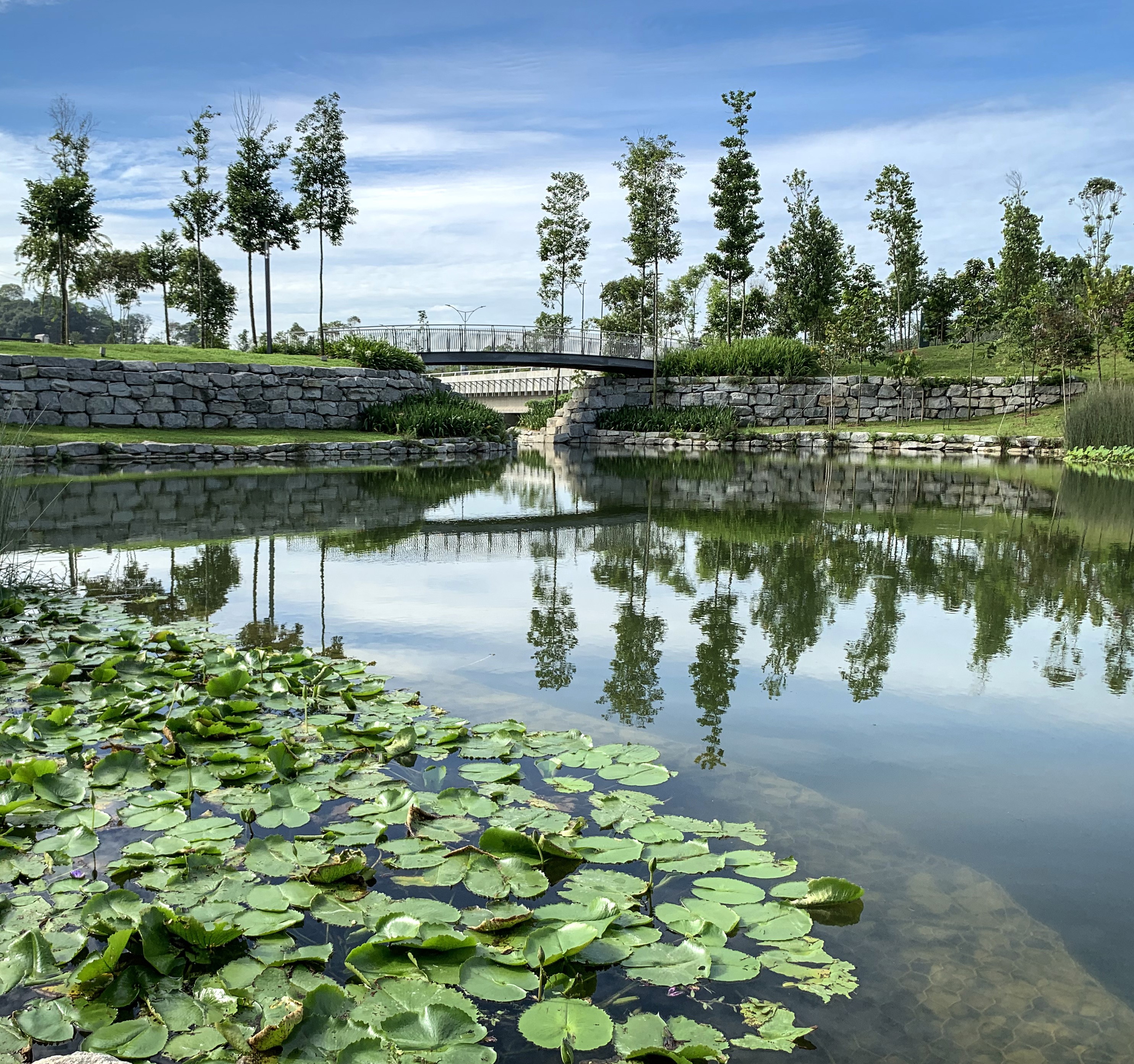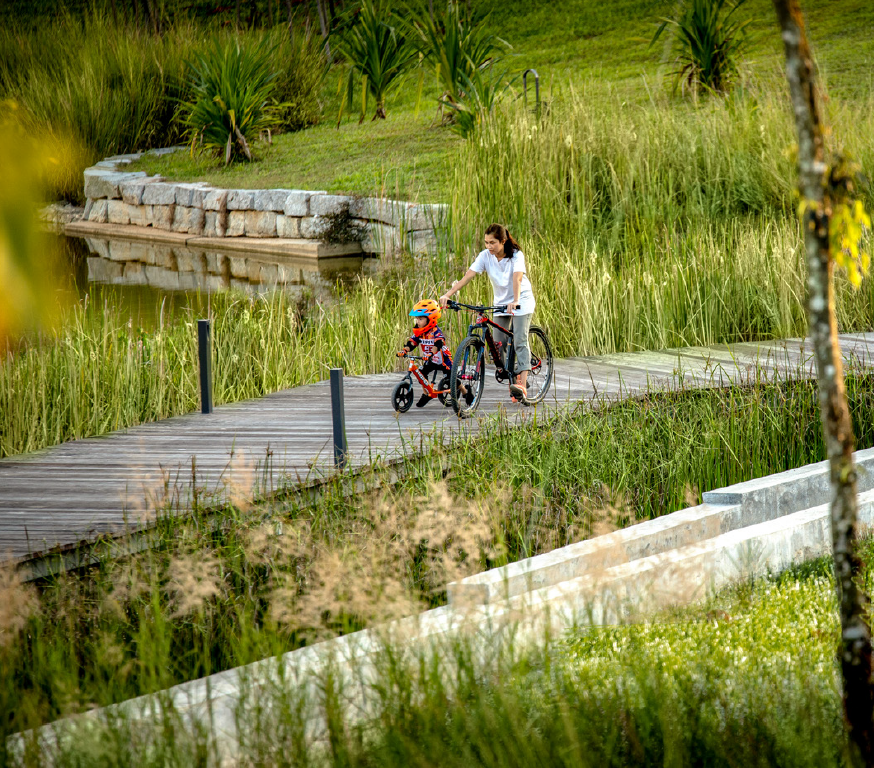Green Infrastructure: A Trend Taking Root In Our Nation
Gamuda Gardens Central Park
“Show me a healthy community with a healthy economy and I will show you a community that has its green infrastructure in order and understands the relationship between ten built and the unbuilt environment”.
– Will Rogers
When we think of infrastructure, we often imagine concrete, steel, and asphalt - the building blocks of our cities and communities. But in Malaysia, a new trend is taking shape, one that incorporates nature and the environment into the built world. Green infrastructure is a buzzword that has been gaining traction in recent years, especially as our world faces the pressing issues of climate change and environmental degradation. What exactly is green infrastructure, and why is it becoming a trend that is taking root in our nation?
Green infrastructure refers to the integration of green spaces, such as parks, gardens, and natural areas, into urban environments. It is a holistic approach to urban planning and development that aims to improve the sustainability, resilience, and liveability of our cities. In Malaysia, this could mean anything from urban parks and gardens to wetlands and green roofs. The goal of green infrastructure is to provide a range of benefits, from improving air quality and reducing the urban heat island effect, to mitigating stormwater runoff and protecting against the impacts of climate change.
One of the biggest benefits of green infrastructure is the way it can enhance the quality of life for local residents. A park for people to relax and exercise in, or a green roof that helps to reduce noise and air pollution – green infrastructure provides a range of benefits that improve the daily experience of those who live and work in cities. Despite the many benefits of green infrastructure, it is still a relatively new concept in Malaysia, and there are challenges to its implementation. There may be a lack of awareness about the benefits of green infrastructure, or concerns about the costs associated with its development. However, as more cities and communities embrace the idea of sustainable infrastructure, we are seeing an increased focus on green infrastructure in Malaysia.
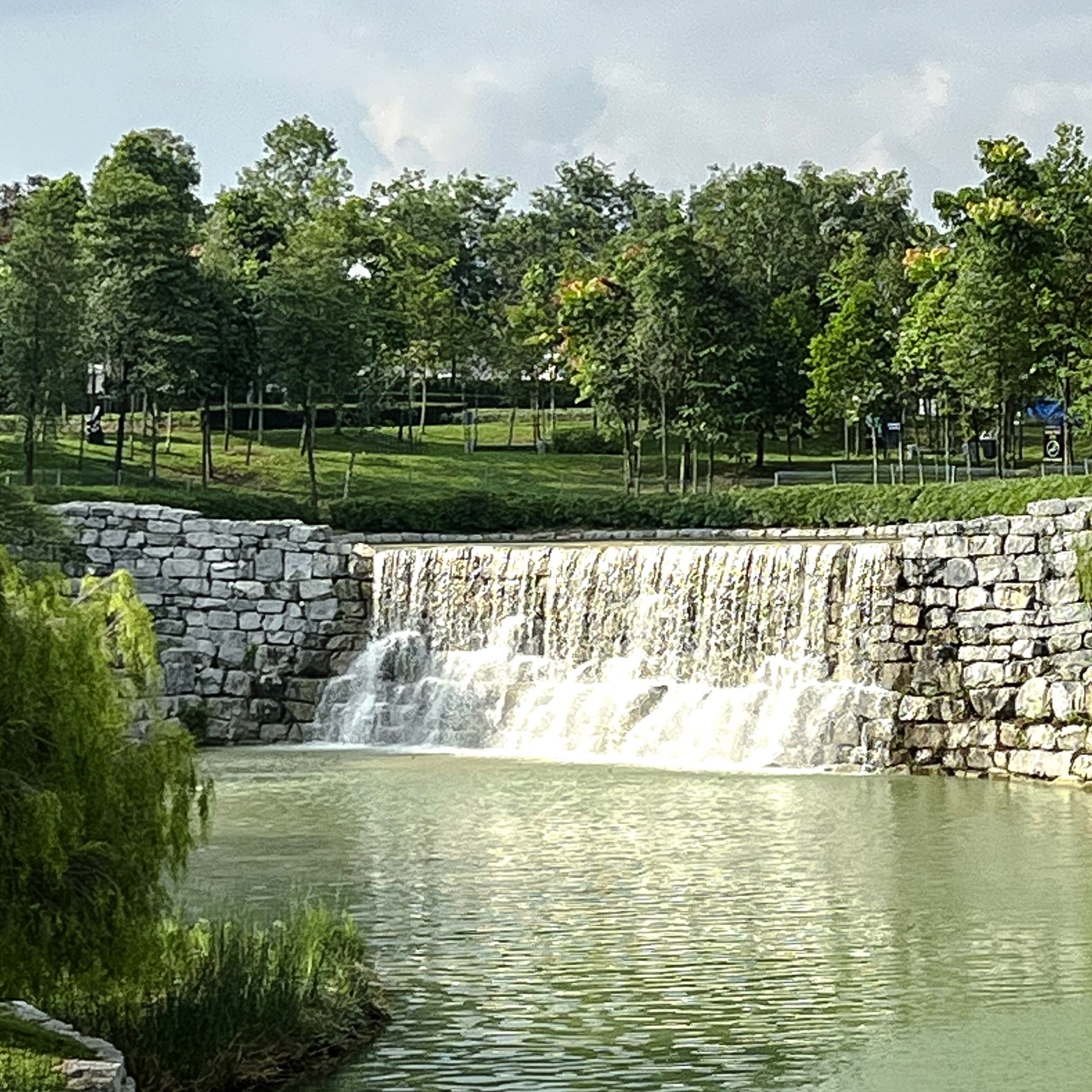
Rawang
Taking Root in the Grassroots
At its core, green infrastructure is about empowering communities to take action and make a positive impact on the environment. From a group of neighbours planting a community garden to a local government creating a park or greenway, green infrastructure is a grassroots movement that is driven by the people who live and work in our cities. As more and more people become aware of the importance of green infrastructure, it is no surprise that it is becoming a trend that is taking root in our grassroots. Whether it is through community-driven initiatives, government policies, or private investments, green infrastructure is changing the face of our cities and creating a greener and more sustainable future for all.
Grassroots initiatives in green infrastructure also bring people together and foster a sense of community and belonging. Grassroots efforts often start with individuals in the community who are passionate about making their neighbourhoods more sustainable and environmentally friendly. They engage with their community members and advocate for green infrastructure projects. By volunteering and working on projects together, people can develop new relationships, share ideas and knowledge, and create a stronger, more united community. Additionally, grassroots initiatives can help to raise awareness about the benefits of green infrastructure and inspire others to create change in their own communities.
Investing in green infrastructure is not only an investment in the environment, but also is a game-changer when it comes to creating healthy and liveable communities for future generations. With continued collaboration between the government and community, they can help to ensure that Malaysia remains at the forefront of green infrastructure development, creating a brighter and more sustainable future for all. The government must provide the necessary funding and support for green infrastructure projects, as well as create policies and regulations that encourage its development. Meanwhile, the community must be engaged and informed about the benefits of green infrastructure and play an active role in its implementation and maintenance.
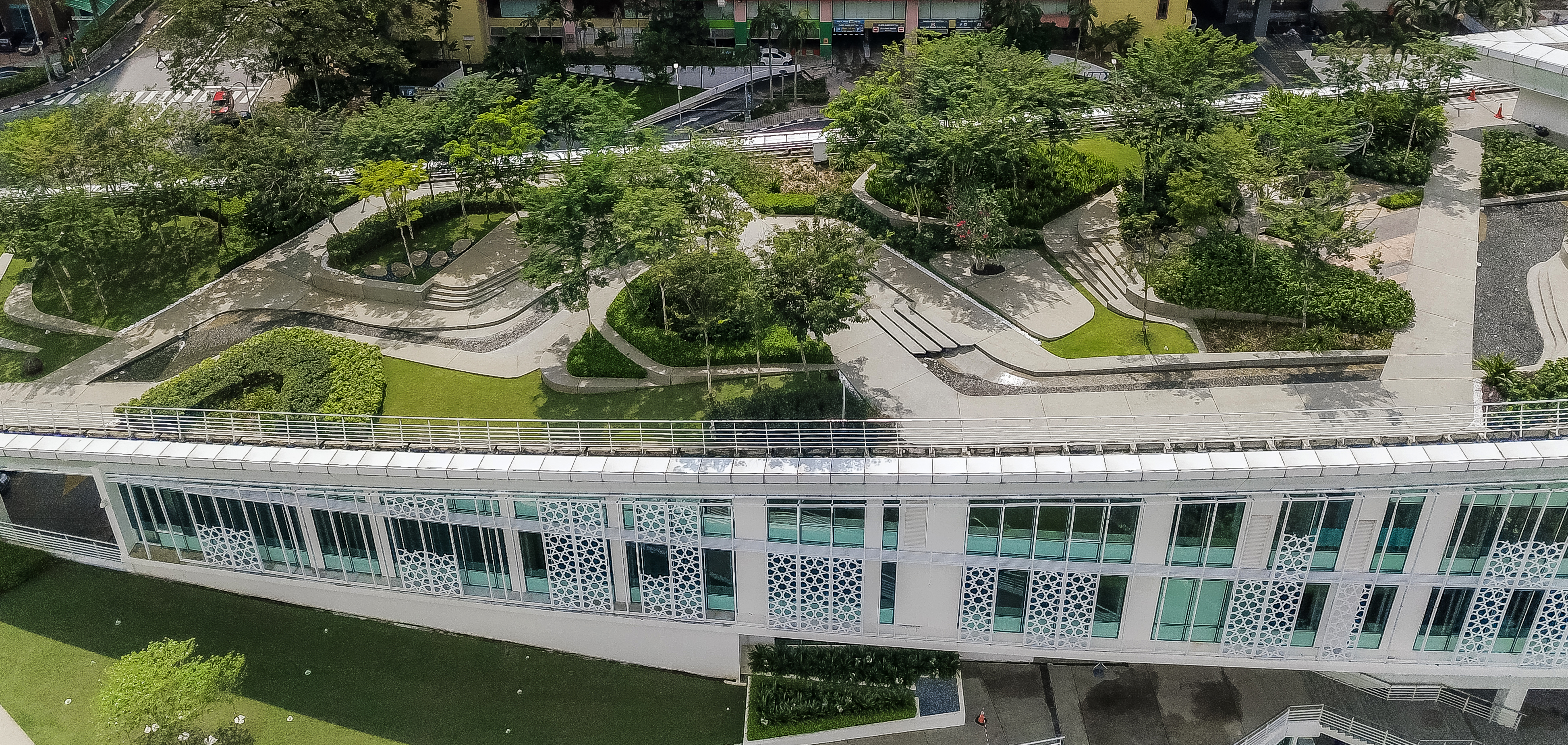
Laman PKNS, a rooftop garden on PKNS Headquarters, Shah Alam
Through the Cutting-Edge Technologies
Malaysia is adopting cutting-edge technologies for green infrastructure. From smart city planning to innovative water management systems and many more in the pipeline, the country is applying technology to create a more sustainable and liveable environment. The use of green roofs and walls, which are becoming increasingly popular in Malaysia. These systems do not only provide a more aesthetically pleasing environment, but they also help to reduce the urban heat island effect and improve air quality as well as to support the advocacy towards Low Impact Development (LID).
Additionally, the use of Artificial Intelligence (AI) and the Internet of Things (IoT) can play a crucial role in optimising and enhancing the performance of green infrastructure. AI and IoT are used in predictive maintenance – to monitor the performance and health of green infrastructure components, such as green roofs, rain gardens, and wetlands. It can also predict when maintenance is required, reducing costs and increasing the lifespan of these systems. Besides that, smart irrigation systems and water management can be implemented in parks and public spaces, using weather data and plant sensors to optimise water usage and reduce waste. They use real-time data from weather stations and soil moisture sensors to determine the water needs of plants and adjust the amount of water applied accordingly.
On another spectrum, with the help of drones and precision mapping, the country can plant and monitor trees more efficiently, helping to increase the amount of green space in urban areas. Drones and remote sensors can also assist the landscape architects to delve into the advanced way of keeping the green infrastructure in check. For example, the use of Normalised Difference Vegetation Index (NDVI) and Green Infrastructure analysis are very essential in evaluating and assessing the performance of green infrastructure in a given area. This process includes the examination of physical, biological, and social characteristics of green spaces, such as parks, green roofs, green walls, and other forms of urban vegetation. which typically involves a range of data collection techniques, including site visits, remote sensing, and the use of geographic information systems (GIS) technology.
With growing concerns about the environment, the Malaysian government and private sector companies are investing in and embracing innovative technologies to create a greener and more sustainable future. Technology is definitely a hot topic where the Malaysian government has taken steps to promote the use of green technologies, such as green roofs and rain gardens, and has established policies to support low-impact development practices. The creation of the Malaysian Green Technology Corporation (MGTC) has further boosted the country's efforts to integrate technology into various sectors, including green infrastructure. Through its potential to conserve resources, reduce waste, and improve sustainability, it is a trend that is here to stay. So, sit back, relax, and watch as Malaysia continues to lead the way in creating a greener and more viable future for all.
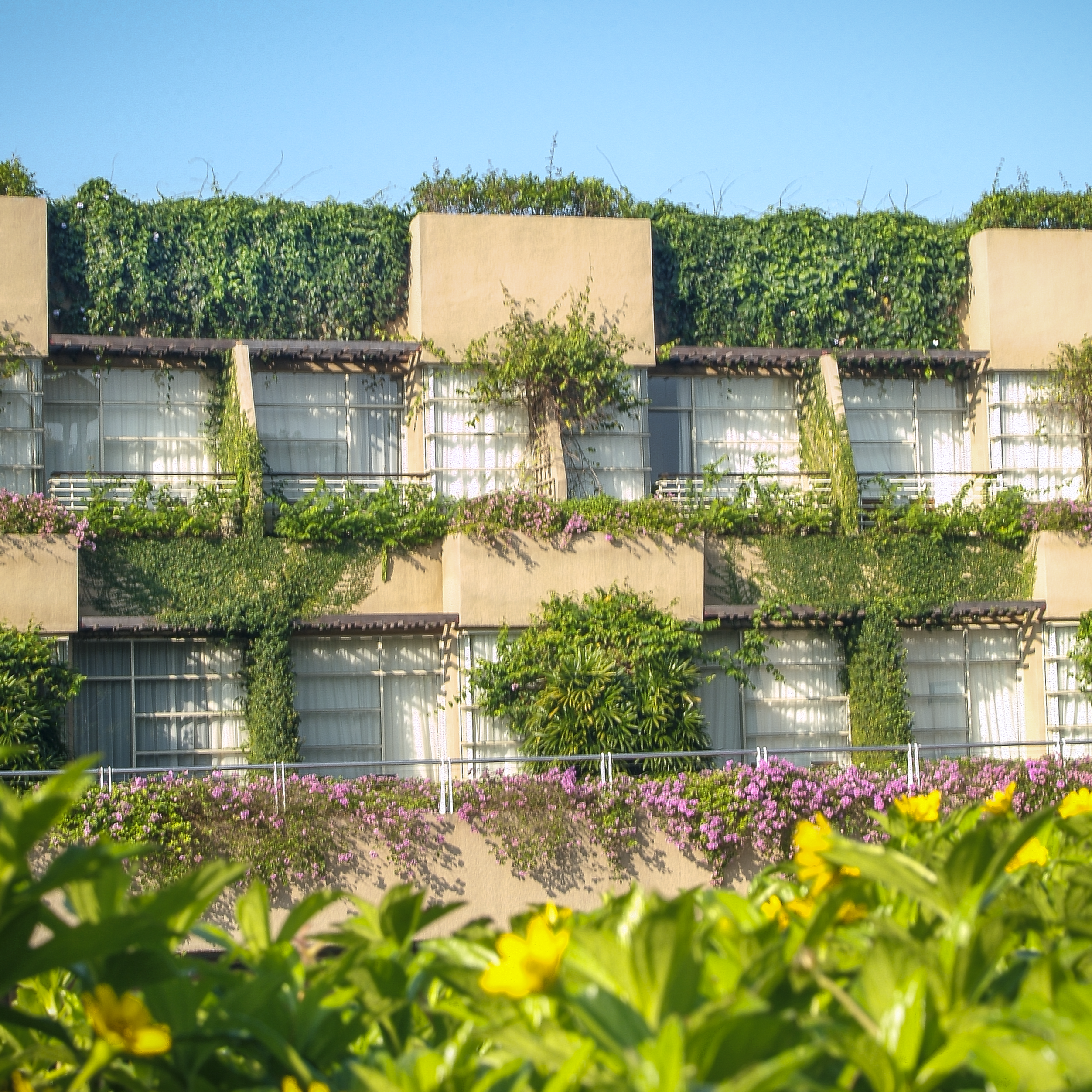
Green Facade at The Pulse Grande Hotel, Putrajaya
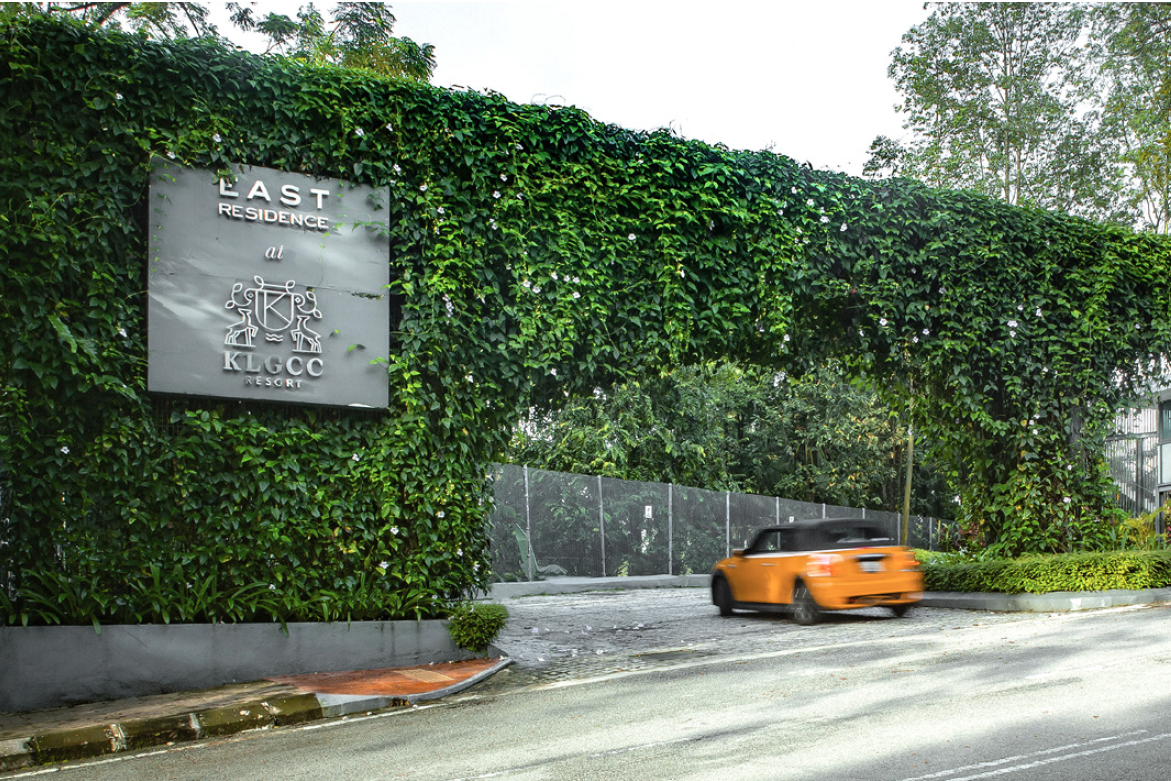
Greenwall Entrance at East Residence, KLGCC
Wetlands boardwalk at Gamuda Gardens Central Park
Read the full article here.


